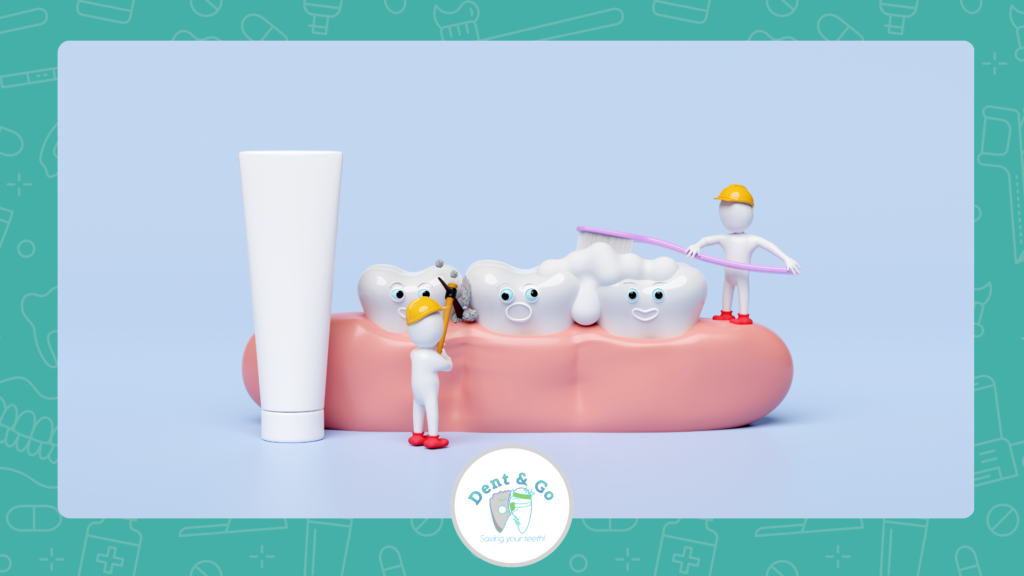Fluoride is widely known for its benefits in strengthening teeth and preventing cavities. However, while fluoride is essential for oral health, it’s possible to have too much of it. Understanding the balance is key to maintaining a healthy smile without unwanted side effects.
What Happens If You Consume Too Much Fluoride?
While fluoride is highly effective in protecting teeth, excessive intake can lead to certain dental concerns. One condition linked to overexposure is dental fluorosis.
What Is Dental Fluorosis?
According to the American Dental Association (ADA), dental fluorosis , sometimes called mottled teeth, occurs when children are exposed to excessive fluoride over an extended period while their teeth are still developing. This condition typically affects children under the age of eight when permanent teeth are forming beneath the gums.
Signs of Dental Fluorosis
Dental fluorosis doesn’t harm the structure or function of the teeth, but it can leave visible marks on the enamel. The signs can range from mild to severe, including:
- Faint white streaks or spots on the teeth
- Discolouration that appears yellow or brown
- Pitting or rough enamel texture in more severe cases
Fluorosis is mainly a cosmetic concern, but preventing excessive fluoride exposure is still important for achieving a bright, healthy smile.
How Does Excessive Fluoride Exposure Happen?
Too much fluoride exposure usually results from multiple sources combined. Common causes include:
- Swallowing Too Much Toothpaste: Young children who use too much toothpaste or accidentally swallow it may consume more fluoride than necessary.
- Drinking Fluoridated Water in Excess: While tap water with added fluoride is safe and beneficial, excessive consumption — especially combined with other fluoride sources — may increase the risk of fluorosis.
- Overuse of Fluoride Supplements: Fluoride tablets or drops are sometimes recommended for children in areas without fluoridated water. However, taking these unnecessarily or in high doses can contribute to overexposure.
How to Prevent Fluoride Overuse
Balancing fluoride intake is essential to ensure your teeth get the protection they need without the risk of fluorosis. Here’s how to manage it effectively:
- Monitor Toothpaste Use: For children under three, use a smear of toothpaste about the size of a grain of rice. For children aged three to six, a pea-sized amount is sufficient.
- Encourage Spitting, Not Swallowing: Teach children to spit out toothpaste after brushing instead of swallowing it.
- Check Your Water Source: If your drinking water is fluoridated, be mindful of additional fluoride sources like mouthwash or supplements.
- Use Fluoride Treatments Wisely: Fluoride mouth rinses and treatments should be used only if recommended by your dentist, especially for children.
Finding the Right Balance
Fluoride is incredibly effective at strengthening teeth and preventing decay, but moderation is key. By managing fluoride intake, particularly for young children, you can ensure they reap the benefits without the risk of dental fluorosis.
If you’re concerned about fluoride exposure or have questions about your child’s dental care, consult your dentist for personalised advice. A healthy smile is all about balance, and fluoride, when used correctly, can be a powerful ally in achieving it.

